The rate of granting preferential C/O under EVFTA has increased sharply.
Currently, the world economy is very complicated, many countries have issued new trade policies. Among them, the reciprocal tax policy of the United States is expected to impact the flow of imports and exports. The European Union is also accelerating the negotiation process, signing FTAs with many other partners, which can increase competitive pressure for Vietnamese goods.
This poses new requirements for increasing the rate of taking advantage of EVFTA incentives, including meeting better rules of origin and maximizing the exploitation of the EU market to reduce the impacts of the US's reciprocal tax policy.
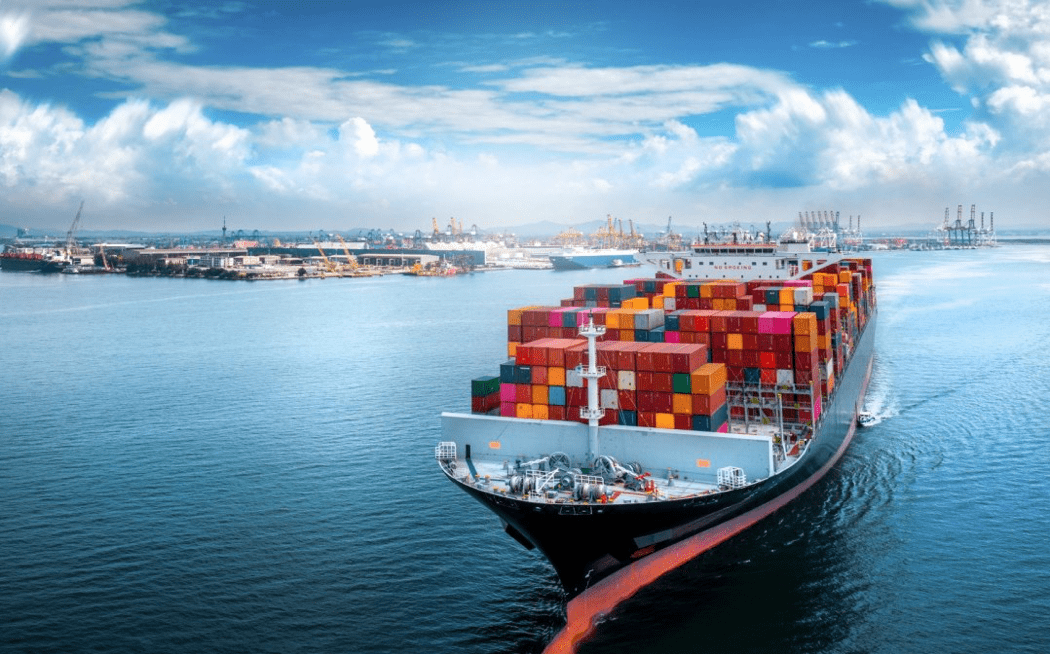
Sharing at the seminar "Taking advantage of rules of origin in EVFTA and its significance for businesses in the context of reciprocal tax policies", organized by Industry and Trade Magazine on October 9, Ms. Trinh Thu Hien, Deputy Director of the Import and Export Department ( Ministry of Industry and Trade ) said that since EVFTA took effect, Vietnam's export turnover to the EU has increased from 17.9 billion USD in 2020 to 51.72 billion USD in 2024. The rate of granting preferential certificates of origin (C/O) under EVFTA has also increased sharply, from 14.8% in the first year to 35.1% in 2024 - a step forward demonstrating the initiative of businesses in taking advantage of tariff incentives.
Notably, industries with high C/O issuance rates include footwear (nearly 100%) and seafood (84.4%). Textiles and garments, an industry with large export value, are still making efforts to improve due to strict rules of origin requirements.
“With 35% of turnover granted preferential C/O, this is a positive number, reflecting the trend that businesses are increasingly aware of the role of rules of origin as a key to opening the door to FTA markets” – Ms. Hien emphasized. However, this rate is different between industries. While footwear reaches nearly 100% of export turnover with certificates of origin, textiles and garments only reach more than 30%. In addition, markets with seaports such as Germany and the Netherlands record a higher rate of C/O usage than countries deep in the EU.
According to Ms. Phan Thi Thanh Xuan, Vice President and General Secretary of the Vietnam Leather, Footwear and Handbag Association (LEFASO), EVFTA brings great advantages to the industry as many key products such as sports shoes enjoy a 0% tax rate. The rules of origin require only 40% of the value added in Vietnam, a quite favorable level compared to many other agreements.
Thanks to that, leather and footwear exports to the EU maintained a growth rate of 14% per year, helping to offset the decline from other markets. However, Ms. Xuan noted that the EU is a "difficult" market with a series of strict technical requirements on chemicals, environment, sustainability reporting, etc. In particular, following the trend of the "European Green Deal", Vietnamese enterprises must invest heavily in clean production and transparent supply chains. Ms. Xuan warned that if they do not prepare well in terms of internal resources and information, many enterprises, especially small and medium-sized enterprises, will find it difficult to survive.
A report recently published by the European Chamber of Commerce in Vietnam (Eurocham) pointed out that one of the biggest challenges in the implementation of the EVFTA is the Rules of Origin - a key factor for businesses to access tariff preferences. Although it plays a strategic role in promoting fair and transparent trade, in reality, fully meeting the criteria of origin is not simple. Although the EVFTA has a cumulative mechanism that allows the calculation of origin from a number of partner countries, the complex documentation process, along with the fragmented supply chain, is making it difficult for many businesses to prove valid origin.
In the context of an increasingly complex global trade environment, Certificates of Origin (C/O) have become an indispensable tool to help businesses ensure compliance with regulations, take advantage of tariff preferences and build trust with international partners. EuroCham said that currently, up to 56% of European businesses in Vietnam submit monthly C/O documents - a rate that shows the increasing importance of this tool in export activities. According to statistics, in 2024 alone, Vietnam issued more than 1.8 million preferential C/O, equivalent to an export value of over 100 billion USD. Compared to 2023, this figure increased by 18% in volume and 28% in value, accounting for about 28% of total export turnover to markets with FTA agreements.
Strategic solutions
In the context that the US is applying a reciprocal tax policy to a series of partners, increasing the rate of utilizing the rules of origin in the EVFTA is not only a technical requirement but also a strategic solution for Vietnamese enterprises to minimize impacts and consolidate market share in the EU.
Since May 2025, Vietnam has centralized the C/O issuance process and is aiming to build a national digital platform to further promote trade flows. Improving procedures towards transparency, simplicity and efficiency such as implementing an electronic registration mechanism and allowing businesses to self-certify origin will not only help remove current bottlenecks but also strengthen confidence in the long-term effectiveness of the EVFTA.
To increase the exploitation of FTA markets and increase the rate of using preferential certificates of origin, Deputy Director of the Import-Export Department Trinh Thi Thu Hien emphasized that the Ministry of Industry and Trade has focused on implementing a series of synchronous solutions to support businesses in exploiting FTA markets and increasing the rate of using preferential certificates of origin.
In addition, build mechanisms and policies to create a transparent corridor on the origin of goods, focusing on regulations related to measures to prevent and combat origin fraud. Guide localities to issue correct certificates of origin, ensuring goods have origin, exported to FTA markets. In addition, the Ministry of Industry and Trade also strengthens training and hands-on training for each manufacturing and exporting enterprise to meet the rules of origin in FTAs and international commitments.
On the other hand, coordinate with the customs authorities of the importing country to ensure that the goods of the right origin enjoy tariff preferences; take appropriate measures to handle goods with violations related to origin. Consult on production processes for goods during the negotiation of FTAs or international commitments with partner countries. Reform administrative procedures, answer questions of manufacturing and exporting enterprises about rules of origin, issuance of Certificates of Origin (C/O)...
Ms. Trinh Thi Thu Hien recommends that each enterprise should proactively learn about the rules of origin of each market, keep complete records and only use official sources of information to avoid risks. Rules of origin are the link between trade policy and actual production capacity.
Many opinions also believe that, in the context of global trade fluctuations, EVFTA is not only a preferential tax agreement but also a toolkit to help Vietnam restructure its supply chain, improve production standards and affirm its reputation in the international market. Making the most of this advantage will help Vietnamese enterprises not only effectively respond to the US's reciprocal tax policy, but also affirm their position in the global trade network.
Source: https://moit.gov.vn/tin-tuc/thi-truong-nuoc-ngoai/quy-tac-xuat-xu-chia-khoa-khai-thac-hieu-qua-evfta.html











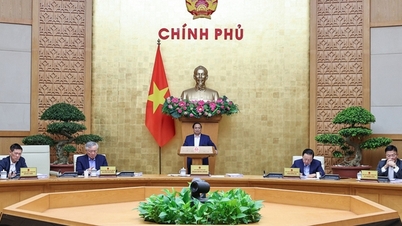
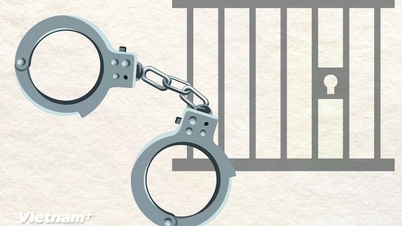

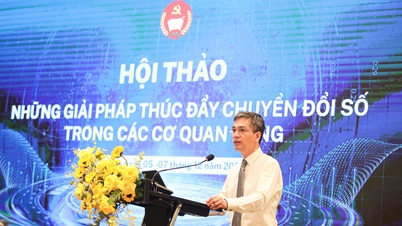
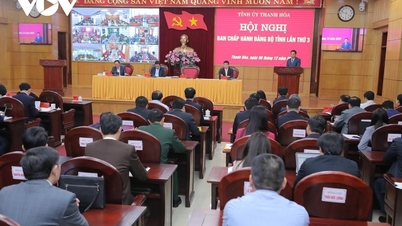







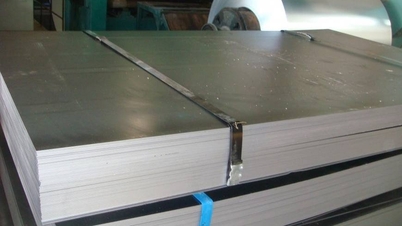

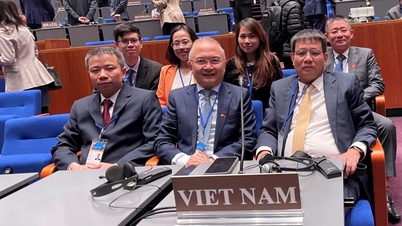


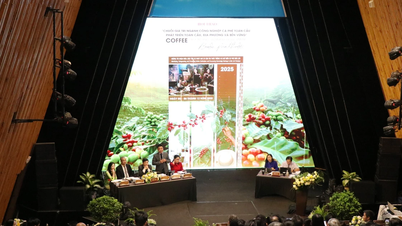

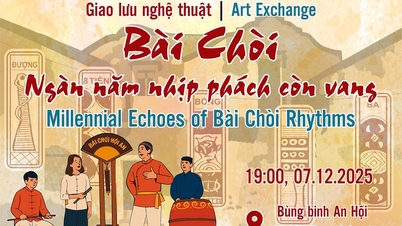







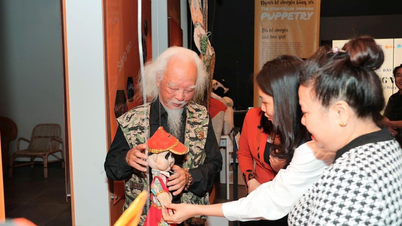

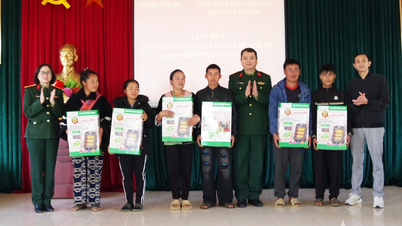




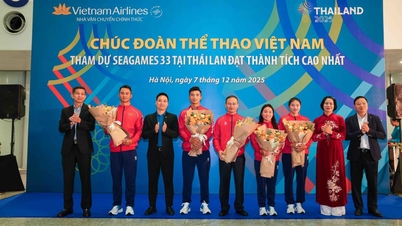

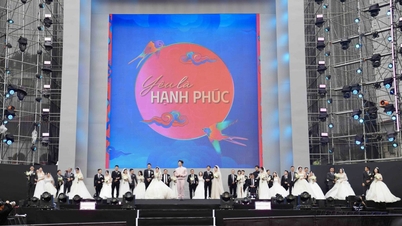

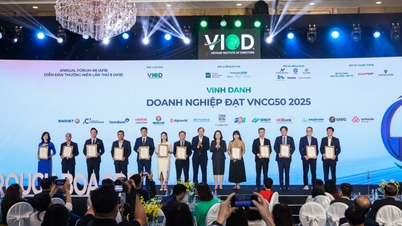

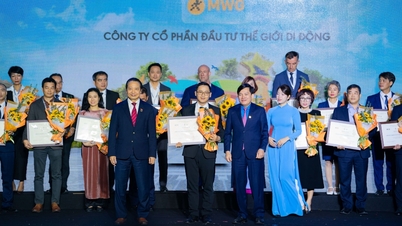
















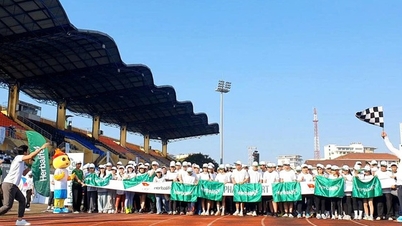

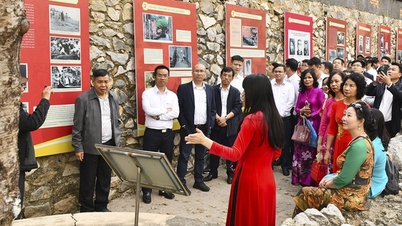
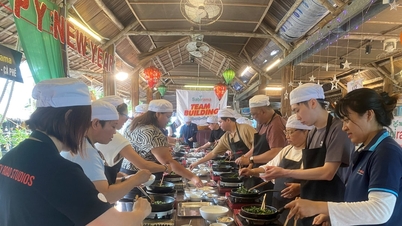



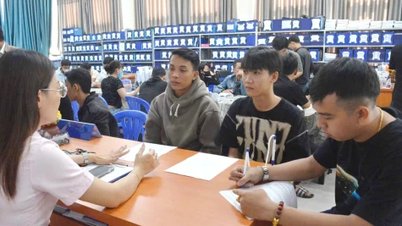

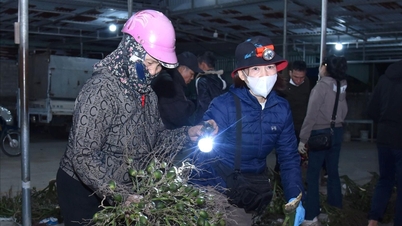






















Comment (0)